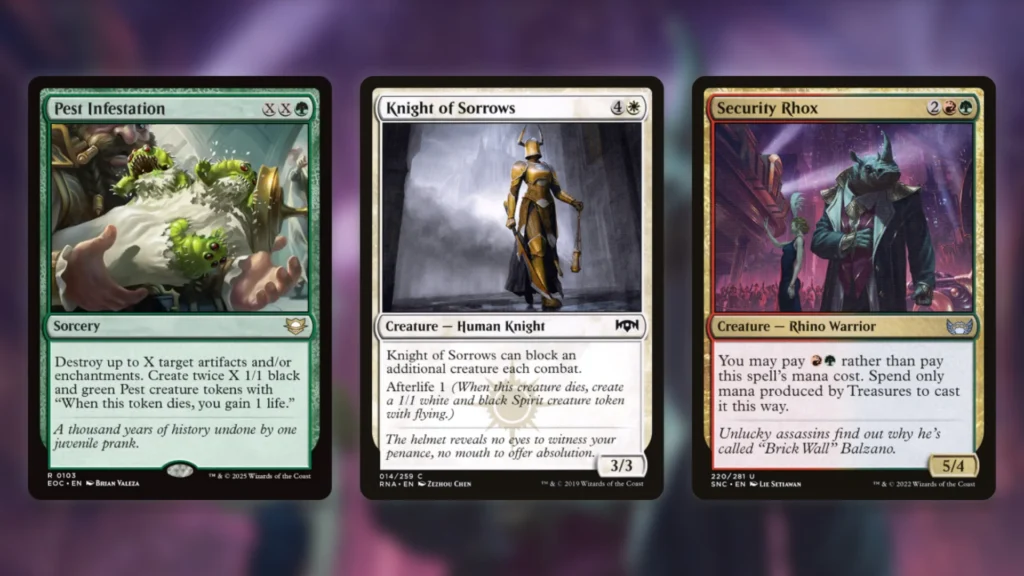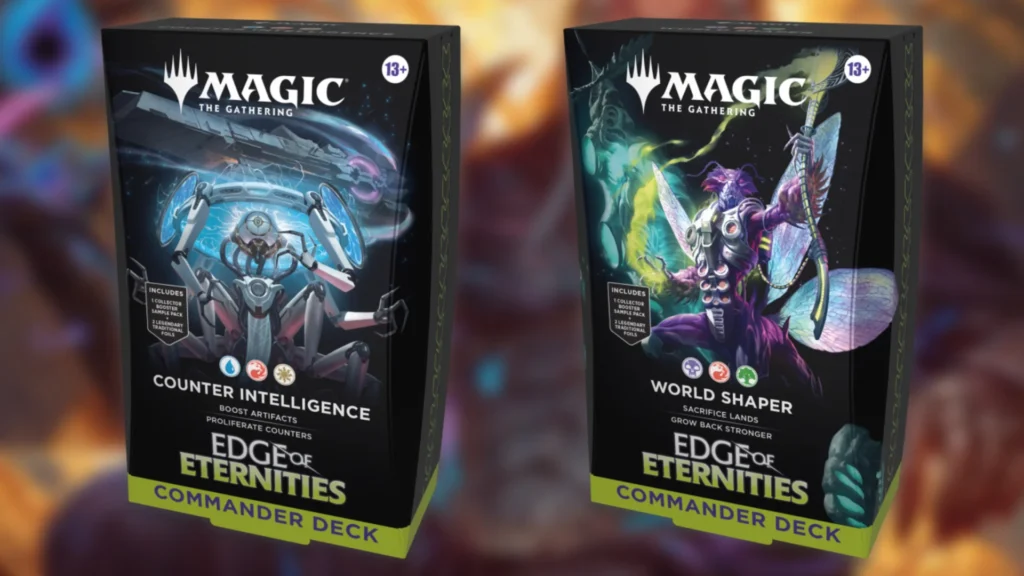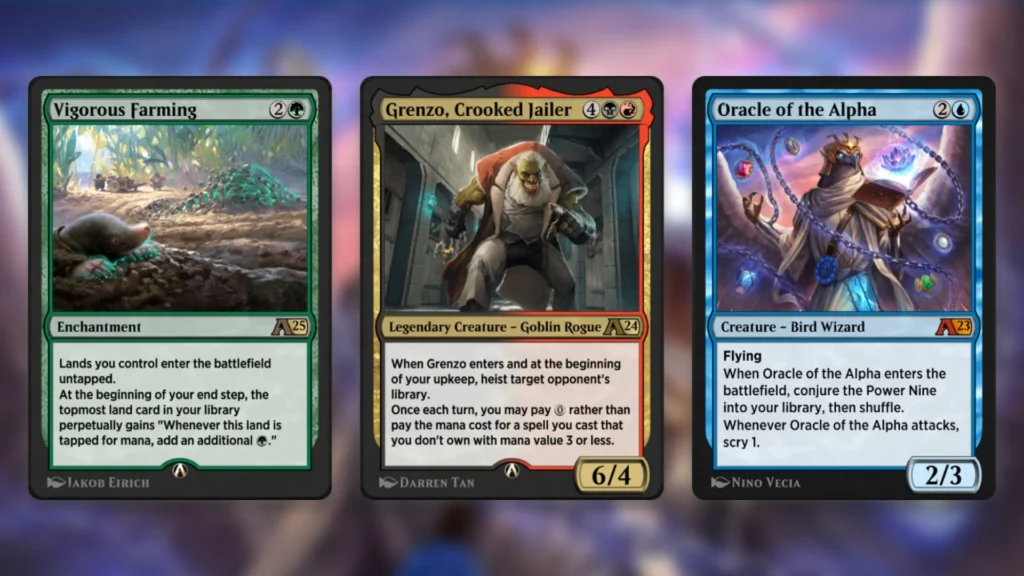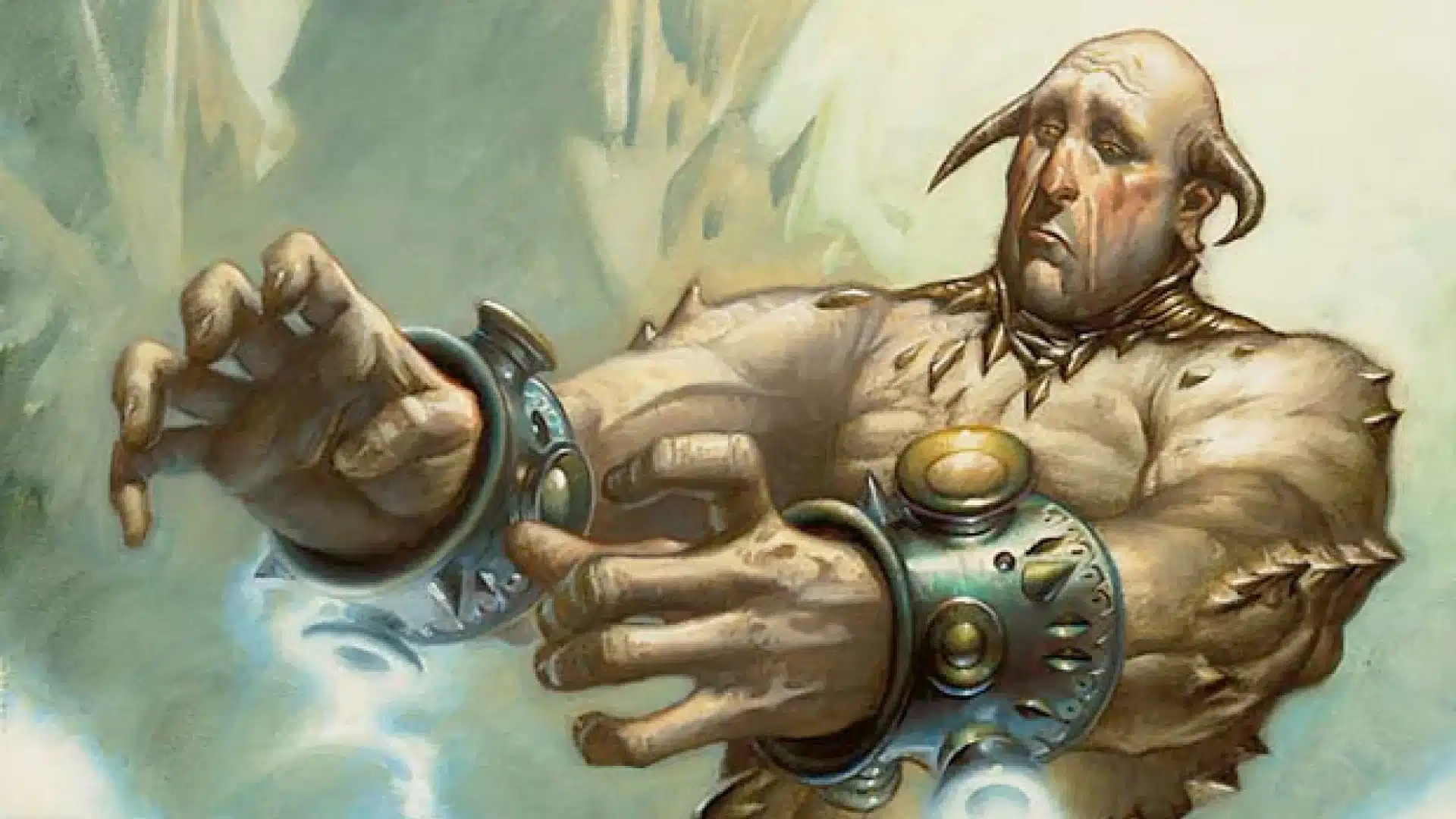While Magic: The Gathering has had a digital element for over 20 years now in MTG Online, it’s hard to deny the fact that 2018’s MTG Arena has had a lot more impact on the game as a whole. This is the easiest route into Magic for many right now, after all. It’s free to play, and accessible on pretty much every device. As a result, it’s drawn a ton of new players into the game. As great as this is, the digital side of MTG has its downsides too, specifically with regards to design.
The interface difference between physical and digital play has, naturally, led to a number of shifts in design ethos. Some effects that work just fine in paper introduce unexpected issues on digital clients, it turns out. In a recent Blogatog post Mark Rosewater noted that Wizards has stopped doing a mechanic because of how poorly it plays in digital. Paired with other, similar posts in the last few months, a worrying picture of modern Magic design begins to emerge.
The Unfortunate Design Consequences Of Digital MTG

The post in question came about yesterday, when Rosewater was asked about where creatures blocking multiple creatures lay on the Storm Scale. In response, he said “Low. 10. We’ve moved away from it for digital reasons.” Some in the comments were happy with this answer, with Silas-mn adding “oh good, hate that ability.” What’s important here isn’t the multi-block ability specifically, however, but rather what its sidelining here represents.
This isn’t the first time we’ve seen Wizards shelve a mechanic or interaction because of poor digital play, after all. Back in June Rosewater noted that multi-target spells are being restricted to single players. This is to combat the issue of misclicks, which is common in MTG Arena games. In July we saw something similar, regarding spells and abilities that need specific types of mana to cast/activate. Cards like these are awkward on Arena since most players use the auto-tapper feature, and these force them into clunky manual mana management instead.
These are just a few recent examples, but there are undoubtedly plenty more out there. While Rosewater’s logic in each case makes perfect sense for digital MTG design, it has unfortunate ramifications for the paper game. The three above are all interesting mechanics, which push the game’s skill ceiling higher in many cases. With Wizards now avoiding them because of conflicts on Arena, paper players are deprived of potentially interesting card designs.
This feels like a total inversion of the appropriate priorities for the game. Magic: The Gathering is a paper game first, and a digital one second. As Xeddicus put it in the comments on July’s post, “digital should be copying physical, that should not be held back by digital.”
No Safe Haven?

Unfortunately, this seems like a problem that’s only going to get worse over time. While we don’t have exact numbers on the digital/physical revenue split in MTG, it’s safe to assume that Arena is a big success for Wizards right now. As long as that remains the case, we’re likely to see more mechanical pruning like this, rather than less.
Another major component of the issue is the fact that there are no real physical-only products that Wizards can use to bypass it. Pretty much every set goes through Standard, and therefore Arena, nowadays. We’re also moving into a future where supplemental products like Masters sets are much less likely. Even if Wizards were to make more of these, sets like Modern Horizons 3 got Arena releases too.
Right now, the only non-digital cards we get come in each new set’s Commander precons. Technically mechanically-exclusive Secret Lair cards offer others, but these are so infrequent and inaccessible that they hardly count. While this is better than nothing, it’s also far from ideal. Each precon only gets 10 new cards, which doesn’t give Wizards a lot of room to play with.
This is especially true in sets like Edge of Eternities, which only has two precons to its name. Heck, some sets don’t have any precons. Spider-Man won’t have any, and neither will Avatar. This means there likely won’t be any new physical-only cards for the rest of this year.
It’d be great to see Wizards introduce a new physical-only MTG product where it could work free from digital design restrictions, but that feels very unlikely. The company has put a ton of effort into aligning the physical and digital play experiences over the past few years, and something like this would actively work against that.
A Pixelated Silver Lining

While this is an unfortunate situation, it’s worth noting that digital MTG has positive design implications, too. Arena’s Alchemy initiative has its detractors, to be sure, but it’s also an excellent counterweight to the problem above.
Where Arena is restricting mechanics that would be difficult in digital, Alchemy is providing new ones that would be impossible in paper. Conjure lets you add full, non-token cards to your hand or library without any faff, for example. In paper, this would be a nightmare to track with all the collective memory of how tokens function.
Alchemy’s great additions don’t stop there. Cards with the Perpetual mechanic let you permanently alter your cards, which would be annoying to track in paper. Intensity fills a similar niche, while the notorious Heist offers an easy way to randomize theft from your opponent’s deck.
These mechanics wouldn’t exist at all if it wasn’t for MTG Arena giving them a place to live. There are even some mechanics that originated in the physical game that have crossed over into digital exclusivity. The Gemstone Caverns “starting player matters” mechanic, for example. In this sense, digital Magic is single-handedly keeping a ton of design innovation alive.
While it’s not for everybody, you can’t deny that Alchemy offers a unique Magic experience for players. Many will likely argue that prioritizing high-level mechanics for paper is more important, and I’d probably agree. On the other hand, their sacrifice could well be worth it for the wild, experimental design that Alchemy allows for.
Stick with us here at mtgrocks.com: the best site for Magic: The Gathering coverage!

